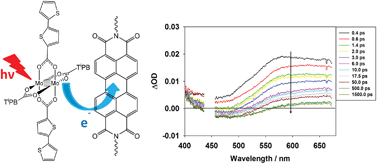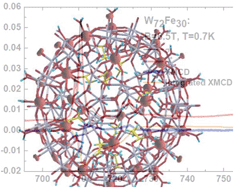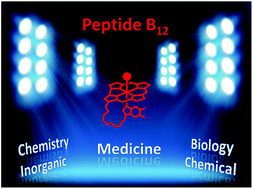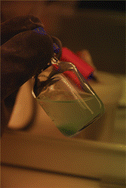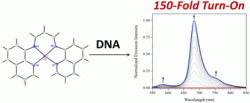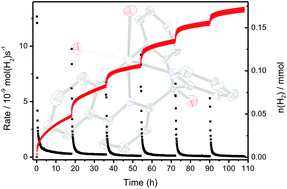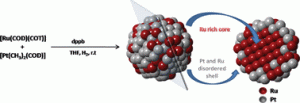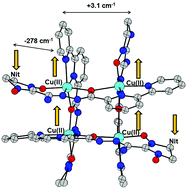Solvent-modified dynamic porosity in chiral 3D kagome frameworks
Tony D. Keene, Damien Rankine, Jack D. Evans, Peter D. Southon, Cameron J. Kepert, Jade B. Aitken, Christopher J. Sumby and Christian J. Doonan
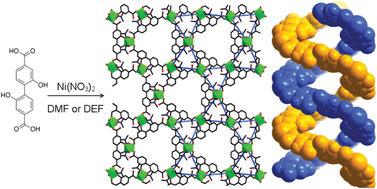
Photoinduced charge transfer involving a MoMo quadruply bonded complex to a perylene diimide
Brian G. Alberding, Samantha E. Brown-Xu, Malcolm H. Chisholm, Arthur J. Epstein, Terry L. Gustafson, Sharlene A. Lewis and Yong Min
Spectral signature of a Ru(II, III, IV) complex: a combined experimental and theoretical investigation
Jacques Bonvoisin and Ilaria Ciofini
Electronic structure and soft-X-ray-induced photoreduction studies of iron-based magnetic polyoxometalates of type {(M)M5}12FeIII30 (M = MoVI, WVI)
Karsten Kuepper, Christine Derks, Christian Taubitz, Manuel Prinz, Loïc Joly, Jean-Paul Kappler, Andrei Postnikov, Wanli Yang, Tatyana V. Kuznetsova, Ulf Wiedwald, Paul Ziemann and Manfred Neumann
Palladium complexes with stabilized germylene and stannylene ligands
Marina M. Kireenko, Kirill V. Zaitsev, Yuri F. Oprunenko, Andrei V. Churakov, Viktor A. Tafeenko, Sergey S. Karlov and Galina S. Zaitseva
Heterolytic activation of dihydrogen by platinum and palladium complexes
Karina Q. Almeida Leñero, Yannick Guari, Paul C. J. Kamer, Piet W. N. M. van Leeuwen, Bruno Donnadieu, Sylviane Sabo-Etienne, Bruno Chaudret, Martin Lutz and Anthony L. Spek

Highly fluorescent complexes with gold, palladium or platinum linked to perylene through a tetrafluorophenyl group
Sergio Lentijo, Gabriel Aullón, Jesús A. Miguel and Pablo Espinet
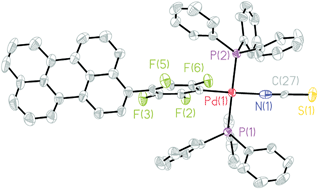
The Tolman electronic parameter (TEP) and the metal–metal electronic communication in ditopic NHC complexes
Dmitry G. Gusev and Eduardo Peris
A different route to functional polyolefins: olefin–carbene copolymerisation
Nicole M. G. Franssen, Joost N. H. Reek and Bas de Bruin


